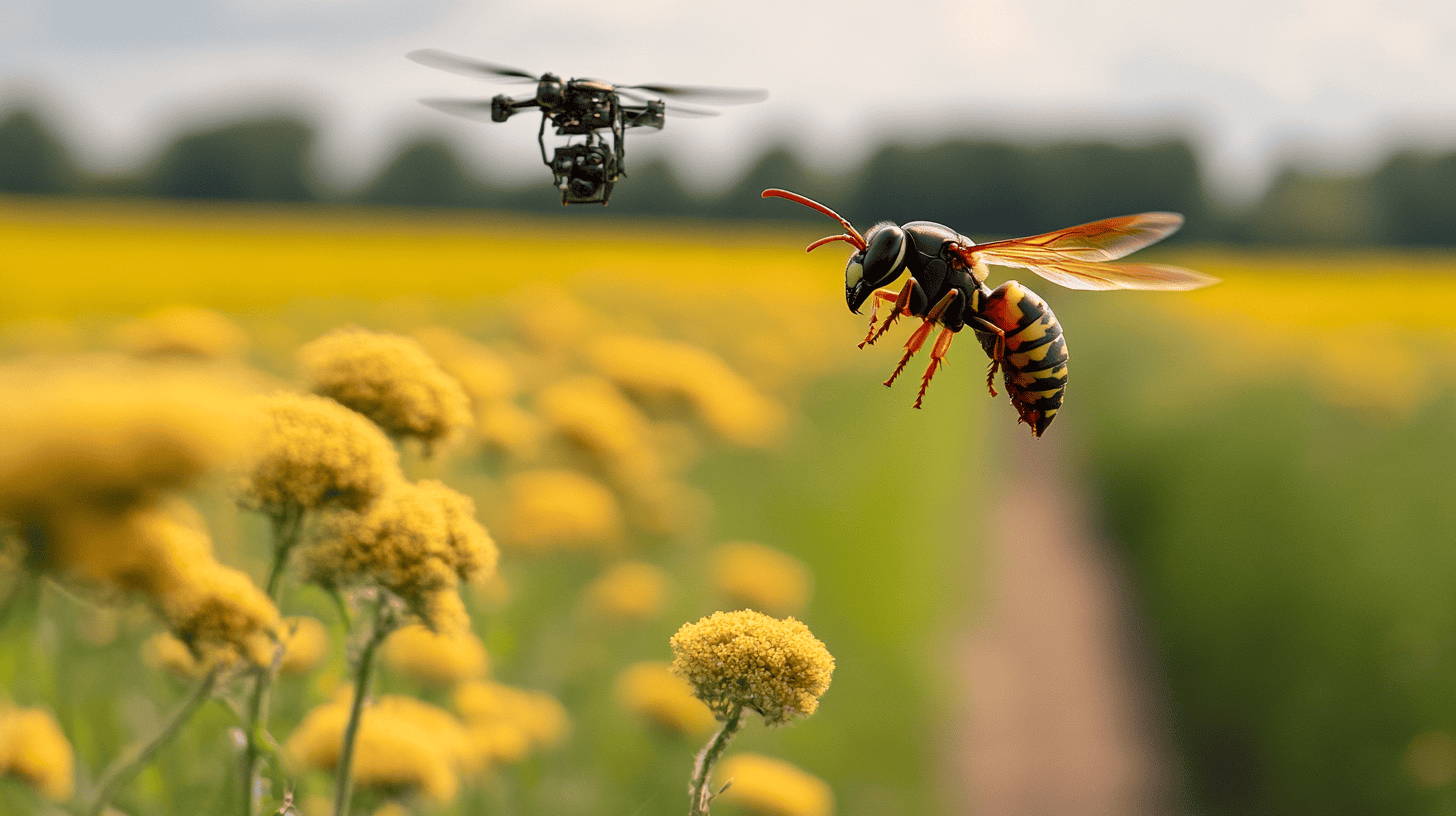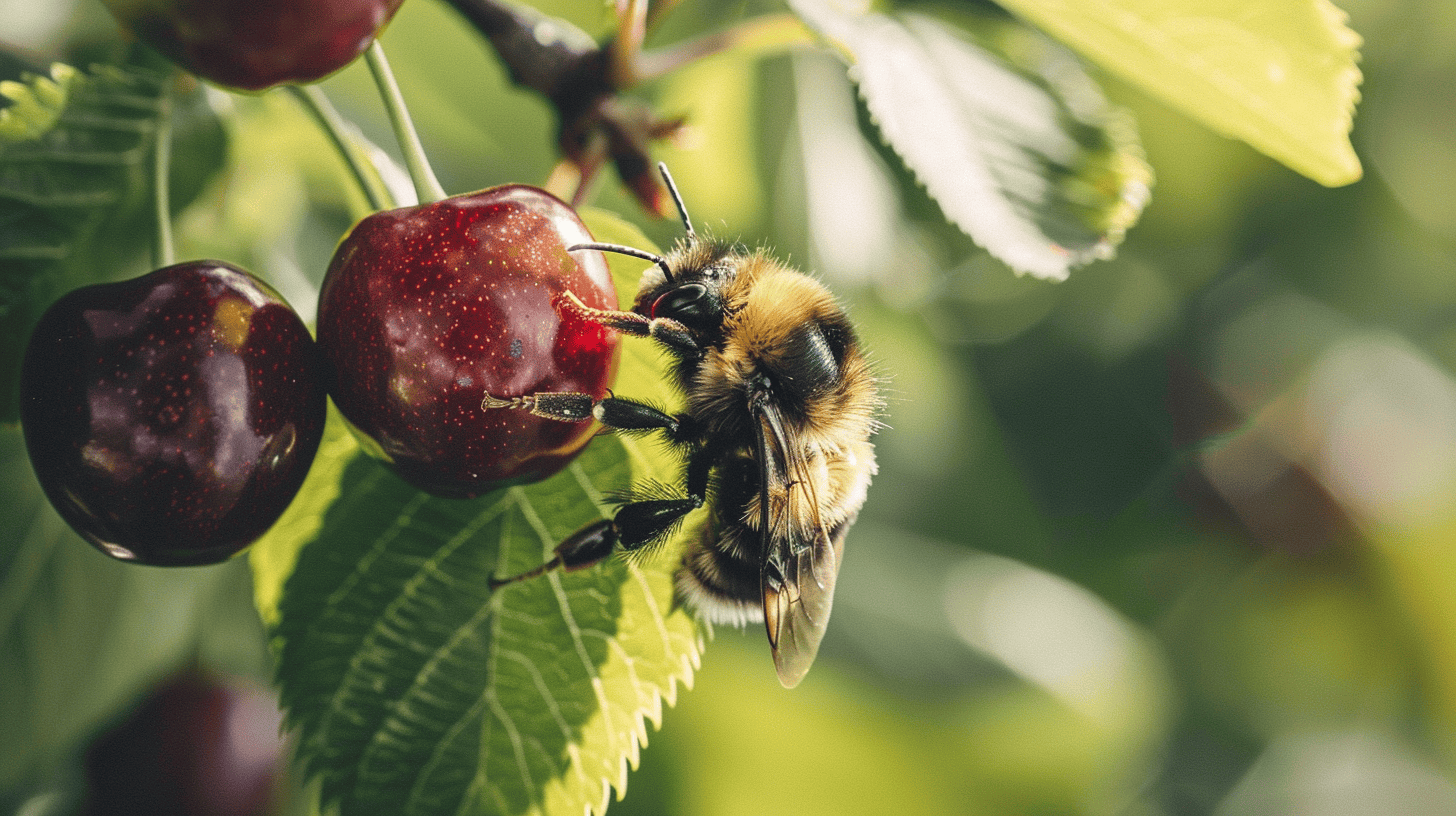
At least since the successful petition for a referendum in Bavaria, our local honey bee has been regarded as a sympathetic symbol for the preservation of biodiversity. Because the campaign with the slogan “Save the Bees” has even prompted the conservative Bavarian government to change its thinking. After all, our world would soon look quite grey without the many insects that pollinate plants. In order to maintain the ecological balance, all animals need to be protected. But the bee has – besides the known reasons like climate change and intensive agriculture – to fight against a real enemy: the Varroa mite. This parasite, which originates from Southeast Asia, is another cause of domestic bee mortality.
BEES COULD THEORETICALLY DEFEND THEMSELVES
In principle, the bees could even defend themselves against the infestation with Varroa mites. But they need a lot of energy for that. The necessary weapon is a raised temperature, which they can produce in their beehive themselves. To do this, the industrious honey collectors press their chest onto a honeycomb. By moving the pectoral muscles, they then increase the temperature inside the comb to such an extent that the mite population dies within a short period of time. Additionally, infested bees can emit chemical warning signals. These ensure that other bees change their hygiene procedures. They scratch the diseased bee and shake off the mite.

The disadvantage, however, is that bees would have to draw the necessary energy from the valuable honey supply for both methods – for raising the temperature as well as for mechanically scraping off the mite.
ASIAN BEES DO NOT HAVE TO SAVE ENERGY
Where there are enough flowers and thus nectar, for example in South-East Asia, where the Varroa mite originally comes from, these Eastern bees (Apis cerana) do not have to save energy”
…, explains Stanislav Balouchev from the Max Planck Institute for Polymer Research (MPI-P). “In our region, on the other hand, nectar is a precious commodity for the native western bees (Apis mellifera), and bees do not have an infinite amount of energy left to fight varroasis.
So while our native bees try to keep each other warm, especially in winter in the centre of the hive, the mites have an easy time here.
After about 18 months after the first infestation, a hive is dead if nothing is done about it,” warns Balouchev.
BEEHIVE AS ECOSYSTEM
The beehive is a complex ecosystem. Here not every bee counts for itself, but the collection of all bees resembles a rather unique and gigantic superorganism. It lives and works but can also get sick. The disease, also known as varroosis, damages the larvae. As a result, hatching bees are about one tenth smaller than healthy bees.
Together with Prof. Katharina Landfester and Balouchev, a research team from the MPI-P has now set itself the goal of supporting the honeybee in regulating the temperature in its houses. As a first step, the scientists want to measure the temperature in a beehive.
We want to measure the optimal temperature distribution in three dimensions. The mean temperature, as obtained with thermometers, for example, is of no use to us in this case,” explains Prof. Landfester. “We want to use the three-dimensional temperature distribution to determine whether a beehive is still healthy or whether individual honeycombs are already infested.”
TEMPERATURE SENSORS FROM 3D-PRINT
To this end, the researchers plan to develop miniature temperature sensors which are subject to specific requirements for use. On the one hand, they must have an accuracy that allows a temperature measurement of more than 0.1 °C. On the other hand, it is also important that the measuring device is accepted by the bees: The sensors must therefore literally not “smell”.
“We are planning to develop the sensors in such a way that we can print them ourselves with a 3D printer as required and thus measure the temperature in each individual honeycomb,” Katharina Landfester describes the project and continues:
If we detect any deviations from the optimal temperature distribution, the next step will be to develop an active temperature control system that allows the temperature to be raised at certain points in the hive”.
Several hives have now been set up at the MPI-P for the project. Over the next few months, the bees will be able to adapt to their new environment before the scientists start developing sensors and equipping the hives with them. The project is supported by the Volkswagen Foundation.








